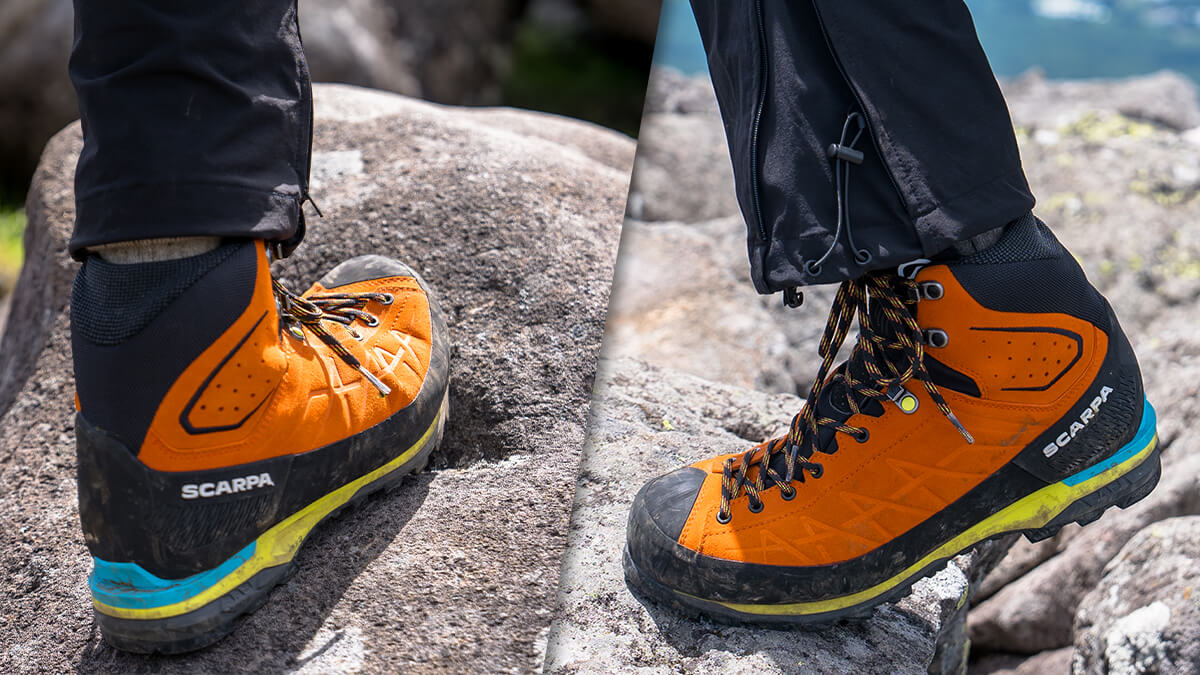
SCARPA Zodiac Tech GTX (&Zodiac Trek LT GTX) Review: An exquisite balance of stability on rocky areas and flexibility on trails. "Climbing and walking" next-generation lightweight mountain boots
As anyone who has actually walked the shoes will understand, hiking shoes (boots) for low mountains are becoming more difficult to walk with heavy luggage in a large backpack that weighs over 50 liters, or to pass through steep rocky ridges in the Alps.
The main reason is that if you try to place your feet on uneven rocks or unstable snowy surfaces with soft climbing boots, the landing will be blurred or the sole (sound) will twist, causing you to lose your balance, or the fine holds on steep rocks will make it difficult to climb without standing on your toes, or fatigue and making it easier for normal climbers to get tired unless you have very healthy legs.
Climbing boots with a hard sole and overall sturdy sole are necessary to make them safe and comfortable even when walking on such harsh terrains of alpine mountains, and to minimize damage to your feet. It is commonly known as alpine (light alpine) boots or mountain boots. I have written about detailed classifications and how to choose one before, so please refer to them if you like.
Related articles for Outdoor Gearzine
While Alpine boots have excellent stability and protection for harsh terrain, they have had to make the most of them, and in return have had to get used to (bear) their "hardness" and "weight" that would be unnatural to ordinary shoes. I want stability on rocky areas, but if possible, it would be better to have a pair of boots that are light and flexible, that is, "comfortable and easy to walk in."
The SCARPA Zodiac Tech GTX a brand specializing in Italian mountaineering boots , is a lightweight alpine boot that is designed to meet the demands that hard climbers have been seeking for many years. This time I was able to try it out along with , the Zodiac Trek LT GTX
table of contents
- SCARPA Zodiac Tech GTX Main Features
- Main Specifications and ratings
- Detailed review
- Fit and comfort: Even though these boots are hard, they have a soft touch and comfortable fit that snuggles against your feet.
- Durability: Enough protection to protect your feet
- Performance: A true all-rounder with stability that allows you to land firmly without shaking even on unstable rocks and dexterity that allows you to stand in fine holds
- Summary: From traversing the Alps to scrambling, if you want to walk lightly along the rocky ridges with heavy burdens, you should consider it first.
- Details and purchase of "SCARPA Zodiac Tech GTX / Zodiac Trek LT GTX"
SCARPA Zodiac Tech GTX Main Features
The SCARPA Zodiac Tech GTX is a lightweight three-season alpine boot that is designed to traverse harsh alpine mountains such as the Alps, and scrambling along technical rocky ridges. The sturdy upper made from high-quality Italian Perwanger® leather has rubber reinforced around it, providing high protection against strong friction and impact. The unique Sock Fit XT system covers the entire foot with an outstanding fit, while also providing natural support around the ankles and wide range of motion. The midsole, which is highly adhesive, is not slippery even on rocky areas and is equipped with a unique "BAS system," absorbs uneven road surfaces and maximizes the friction surface with the ground, while achieving stable grip and stepping. Of course, it is equipped with sufficient waterproof and breathable specifications using GORE-TEX, and is compatible with semi-one-touch crampons. The Zodiac Trek LT GTX is a light model made of fabric that has improved ankle protection for more trekking purposes, and is now available as a sibling model.
Recommended points
- Although it is lighter than authentic mountain boots, it offers protection and stable sole that can handle rough rocky ridges.
- Comfortable fit and hold on the upper
- Excellent movement around the ankle (despite its high support) (Zodiac Tech)
- Enough support around the ankle (Zodiac Trek LT)
- A VIBRAM sole with excellent grip with a lug design that takes into consideration braking, stepping and climbing on tough terrain
- Supports semi-one-touch clampons to cover remaining snow seasons (Zodiac Tech)
- Stable waterproof and breathable permeability due to GORE-TEX
- High cost performance
Points that interest me
- While it gives you peace of mind on rocky areas, it is not a mountaineering boot that allows you to walk comfortably with light luggage like lightweight hiking boots.
- Because it places emphasis on ankle mobility, it has less ankle protection than full-fledged mountain boots (Zodiac Tech)
- While there is ample support for the ankle, it is also less mobility and less mobility (Zodiac Trek LT)
Main Specifications and ratings
| item | SCARPA Zodiac Tech GTX | Zodiac Trek LT GTX |
|---|---|---|
| Official weight | 680g (#42, 1/2 pair) | 620g (#42, 1/2 pair) |
| upper |
|
|
| Midsole |
|
|
| Outsole | VIBRAM® ABS Precision Cramp (Supports semi-one-touch clamp) | VIBRAM®ABS Precision |
| Waterproof and moisture-permeable | GORE-TEX® Performance Comfort | GORE-TEX® Performance Comfort |
| Sales price including tax (as of August 19, 2024) | ¥45,650 | ¥42,350 |
| Outdoor Gearzine Review | ||
| Fit | ★★★★★ | ★★★★★ |
| weight | ★★★☆☆ | ★★★★☆ |
| grip | ★★★★☆ | ★★★★☆ |
| Cushioning | ★★☆☆☆ | ★★☆☆☆ |
| protection | ★★★★★ | ★★★★☆ |
| Stability during heavy walking | ★★★★☆ | ★★★★★ |
| Climbing Appropriate | ★★★★★ | ★★★★☆ |
Detailed review
*This time, we tested and photographed both the SCARPA Zodiac Tech GTX (hereinafter Zodiac Tech) and its sister model, the Zodiac Trek LT GTX (hereinafter Zodiac Trek) so please understand that both the Zodiac Tech and Zodiac Trek are the same, even if the description is taken from the Zodiac Trek LT GTX
Fit and comfort: Even though these boots are hard, they have a soft touch and comfortable fit that snuggles against your feet.
The SCARPA Zodiac Tech GTX is a more solid mountaineering boot than padded hiking boots, and despite its bulky look, I was first impressed by the smoothness when you put your feet in and the flexible upper that snugs comfortably across your entire foot for a comfortable fit. Behind this comfort is the upper structure of the "Sock Fit TX" system installed in this boot. This is made up of a single piece of softshell material from the tongue to the flex point of the ankle, which combines a supple, snug fit with ease of flexion at the ankle.
In the previous explanation, the size was said to be slightly narrower, but in the end I was almost certain that it was a European size 42 that I always wear with alpine boots. There is a space around the toes to move, so your toes don't get cramped even after descending the hill, making it comfortable to wear. In my case, I don't get any scratches that are common when wearing these new leather boots and get used to them, and they will naturally fit in your feet unharmed and unharmed when I first started wearing them with just a pair of thick wool socks. However, it is certainly desirable to wear it several times to ensure it is completely blended in (due to its nature as leather). By the way, I always replace these kinds of stiff boots with my favorite insole. Of course, I didn't have any complaints even if I continued like this, but I recommend it as it will make it even more comfortable.
The cuff at the back of the ankle is the part where the difference is seen between Zodiac Tech and Zodiac Trek Zodiac Tech has a fairly low cuff and the soft, stretchy elastic material acts as a simple gaiter. It feels more like a mid-cut boot than a high-cut boot, and this (as I'll explain later) allows for an incredible delicate movement of your feet and a wide range of motion. the other hand Zodiac Trek has ankle area with excellent ankle support and stability, essential for safe hiking (photo below).
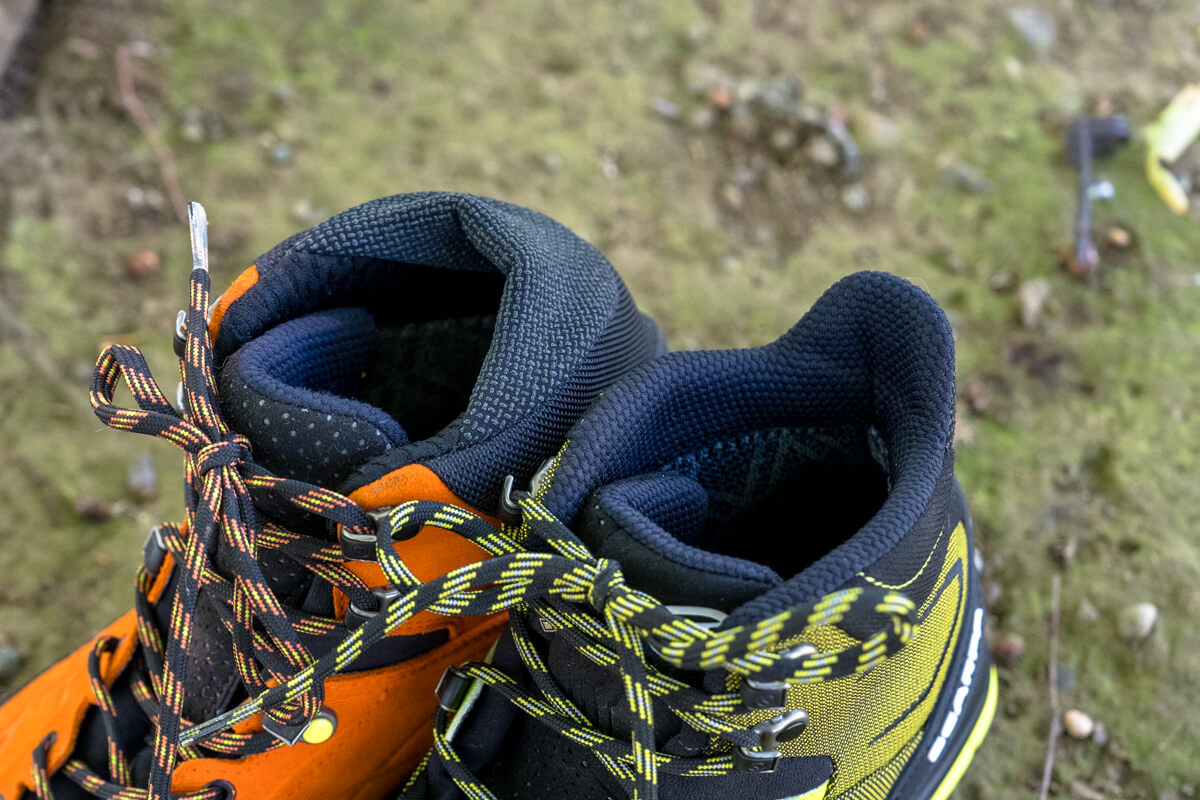
Zodiac Tech (left photo) is a low back ankle and is made of elastic material to make it a simple gaiter, and Zodiac Trek (right photo) is supported by ample pads throughout the ankle.
This is not just about which one is better, but rather about the difference in personality that comes from the different terrain targeted, and if you want to place importance on lightness on technical routes, even if you have a little sacrificing ankle support and stability, you can choose Zodiac Tech, and if you want to be more stable on long distance trekking, such as traverses, you can choose Zodiac Trek.
The shoelaces on the upper are Zodiac Tech and approach shoes, with more shoelaces holes arranged (left of the photo below). On the other hand, Zodiac Trek has a wider gap in the shoelaces and a wider area where the tongue is exposed, making it more breathable than Tech
As for both shoelaces systems, both have hooks with locking functions, making them easy to tighten and less loose, and they worked well, allowing them to secure the boots firmly without stopping them halfway through and retightening.
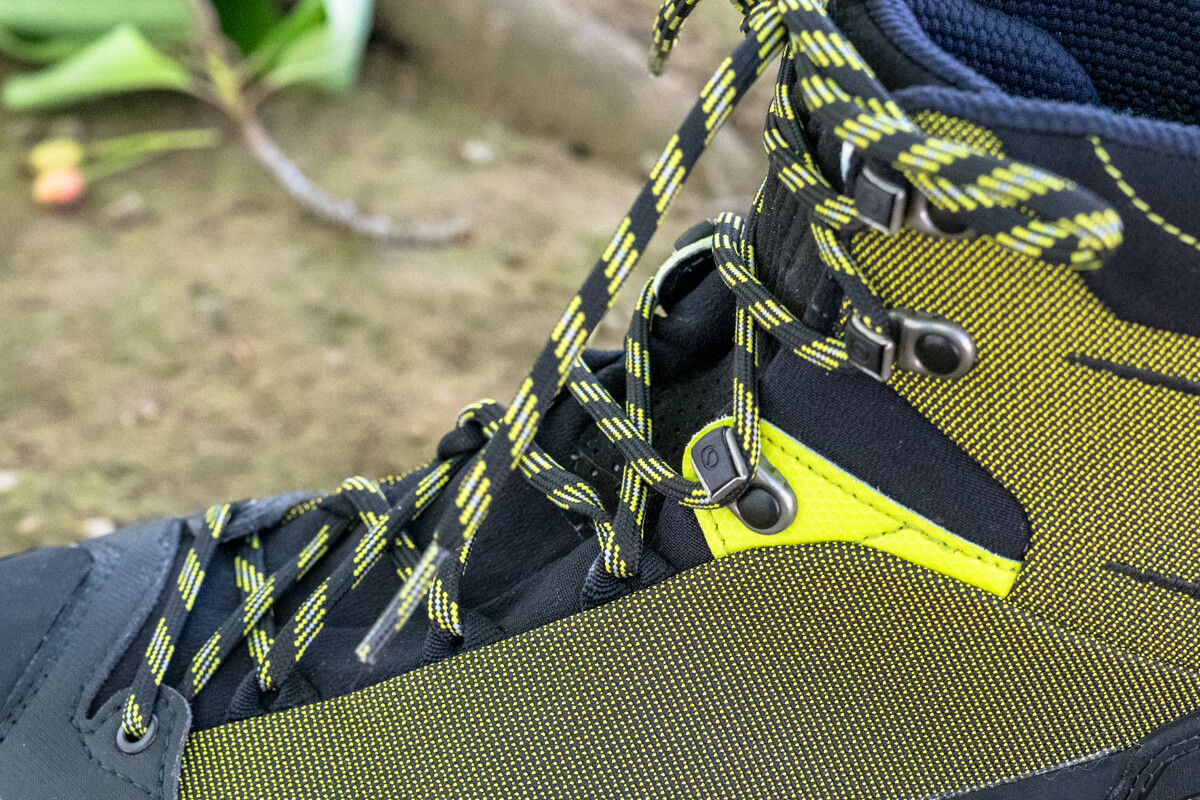
A lace system that can be adjusted to different tensions at the top and bottom of the boot, using standard lockable eyelets from the ankles upwards.
The weight of 680 grams (42 men's size) is quite light compared to many authentic Alpine boots that are robust enough to allow you to stand on rocky areas with peace of mind, but on the other hand, when you consider them as trekking boots that are like walking on regular mountain trails (such as the company's "ZG Trek GTX" and "Rush Trek GTX"), it can be said to be a bit heavy, reflecting the hybrid aim of "Alpine boots that can be walked lightly."
Durability: Enough protection to protect your feet
The combination of durable materials and rubber reinforcement of Perwanger® leather makes Zodiac Tech an extremely durable upper that is safe even when passing through rocky ridges. During my test, I rubbed my toe rubber and ankle shoelaces hooks hard against the rock several times, but they still remained like new, and proved to be durable enough in tough, wear-prone environments.
Although the Zodiac Trek synthetic upper is relatively poorly durable, this test does not seem to cause any damage, and there is no need to worry about durability when it comes to trekking anywhere in Japan.
Performance: A true all-rounder with stability that allows you to land firmly without shaking even on unstable rocks and dexterity that allows you to stand in fine holds
I usually get camera equipment added and tend to be large and heavy packing, so when I go through technical terrain such as the Alps, my feet are less likely to shake when landing, less slipping, and I can rely on these boots that allow me to step on without any stress. In that sense, I was impressed by the excellent stability and high support that can be said for both Zodiac Tech and Zodiac Trek
Both are equipped with the unique BAS (Bascula Adaptive System) sole structure. The outsole itself is an extremely hard overall structure, but when combined with a special midsole, each lug (sole block) independently absorbs unevenness on each road surface. This makes the landing and stepping stable, even on rough roads, as if you were constantly walking on flat ground, making it less likely that your ankles will be twisted or your balance will be lost. Of course, this feature is not very effective on flat, gentle terrain, but it is ideal for strict routes such as the Alps.
This stability, the low cuffs mentioned above, and the easy-to-moving ankle area allowed Zodiac Tech
Also, even if you use your hands and feet to climb, the rock walls that you can use to climb into the hold with just your toes, the hard sole will support your weight.
The Vibram outsole, which is common to both, is made of a compound with excellent adhesiveness and durability, and is a calculated lug putter that accommodates harsh alpine routes, including delicateness in the climbing zone of the toes, shock absorption in the inside and rear foot, traction in the outside and rear foot, and good mud removal (photo below).
I was able to walk on the remaining snow for a moment, but it was not particularly slippery compared to others, and if the conditions are good, I think I can wear it without any problems trekking in the remaining snow (Zodiac Tech in particular also supports semi-one-touch clampons, so there are a wide range of options).
Incidentally the Zodiac Trek , the same sole unit is used, so the stability on rocky areas did not change. However, due to the limited range of motion around the ankles, I felt a bit reluctant to move my large lower body, and when I tried to walk lightly with a light backpack, I felt it was a bit difficult to control my legs. However, as I mentioned earlier, Zodiac Trek is better in terms of support around the ankle (safety) and reducing fatigue after walking for long periods of time, so it's not a question of which is better. Based on the stability on the rocky ridge, you can choose according to your route and preferences, which is not a bad trade-off for lightweight boots.
Summary: From traversing the Alps to scrambling, if you want to walk lightly along the rocky ridges with heavy burdens, you should consider it first.
The SCARPA Zodiac Tech GTX is the perfect boot for mountain climbers who want to balance stability and walkability on technical terrain, such as traversing the Alps in the summer, routes containing snowy fields and remaining snow, and scrambling lightly up rocky areas. If you find that rocky areas are the core of the project, and approach shoes are too light (soft) but serious mountain boots are too heavy and too hot, then you should first choose these boots. That's how well the climbing performance, exquisite lightness and ease of walking are the perfect balance between the climbing performance of these boots, and the versatility that makes them useful in all mountain activities from the remaining snow season to the snowless season.
Furthermore, it is not overlooked as its high cost performance, as it is affordable even when compared to competing models from other brands (such as Sportiva's "Trangotech"). Our dealer, Lost Arrow, is fully equipped to handle repairs, so you can rest assured even in the event of an emergency, such as repairs or reupholstering of the sole. Why not try running through these boots through the summer with fewer days left?
Which of the two models in the Zodiac series should you choose?
Both are new models for this season, but when I planned this review, I personally found them both attractive and similar, so I honestly couldn't decide which one to review (which would be the best for me) (so I was so pleased that I tested both of them this time with a favor).
So, for those who are similar, I'll summarize the differences between the Zodiac Tech GTX and the Zodiac Trek LT GTX for, and what kind of people they recommend to, from the perspective of wearing them.
What both boots have in common is the unique sole unit that links the midsole and outsole to make it stable, traction and grip on the rocky ridge. This includes the comfortable fit on the upper.
the Zodiac Tech GTX focuses on strengths in rocky ridge climbing scenes, such as cuffs with a wide range of motion and durability . However, this does not mean that it is difficult to walk on flat ground, but rather that it is easy to hike due to its wide range of motion, like a mid-cut. Another advantage is that you can attach a semi-one-touch clamp. If you are not particularly concerned about injuries or the steps you need to take with heavy luggage, Zodiac Tech is extremely versatile and can be used for all kinds of mountain climbing during warmer seasons, including the remaining snow season.
the Zodiac Trek LT GTX focuses on strengths in long and heavy walking scenes, including rock ridges, such as the synthetic fabric on the upper and highly supported ankle circumference . This too doesn't mean that climbing the rocky ridge is difficult, so it's certainly true that they can do both walking and rocky ridges well. Since it is difficult to twist your feet, if safety is the number one priority, this one is more comfortable. If you want to walk steadily without worrying about getting injured, and if you are a mountain climber who is too heavy to go faster than necessary, this one gives you a more secure and recommended way.
Details and purchase of "SCARPA Zodiac Tech GTX / Zodiac Trek LT GTX"
For information on the latest models' arrival information and product details, please check the official online store In addition, discount campaigns will be held until the end of August 2024 for spring and summer products from the brands sold by Lost Arrow. If you are considering this, you should definitely check out various online shops and local outdoor specialty shops.



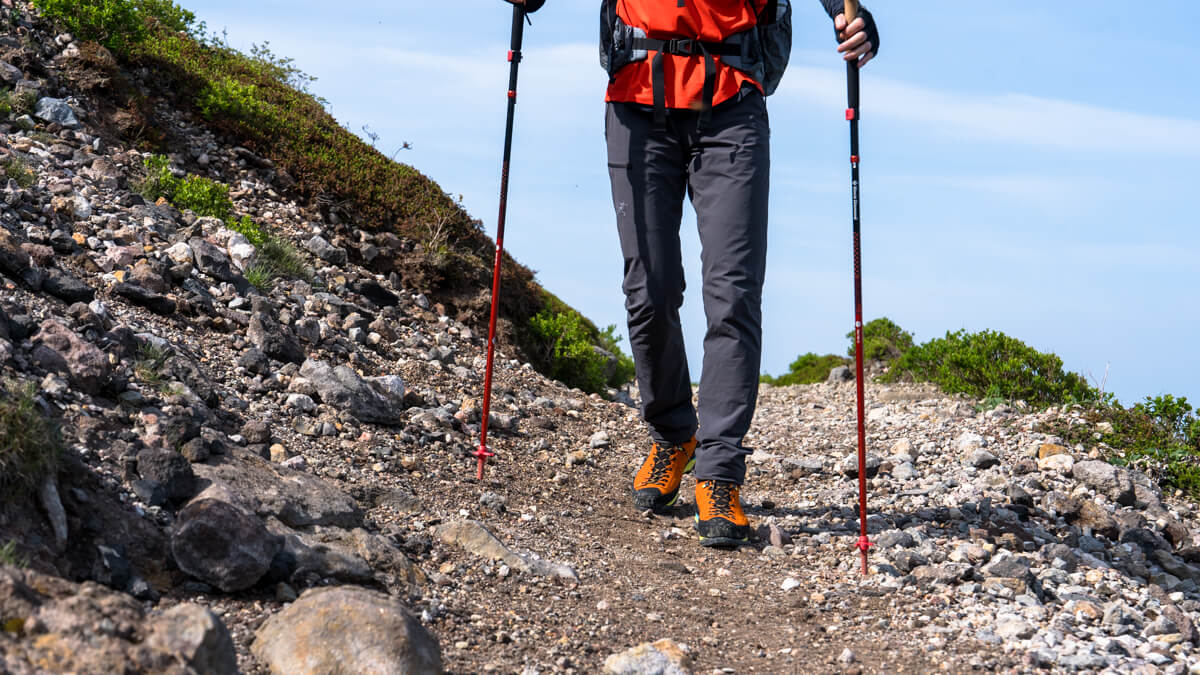
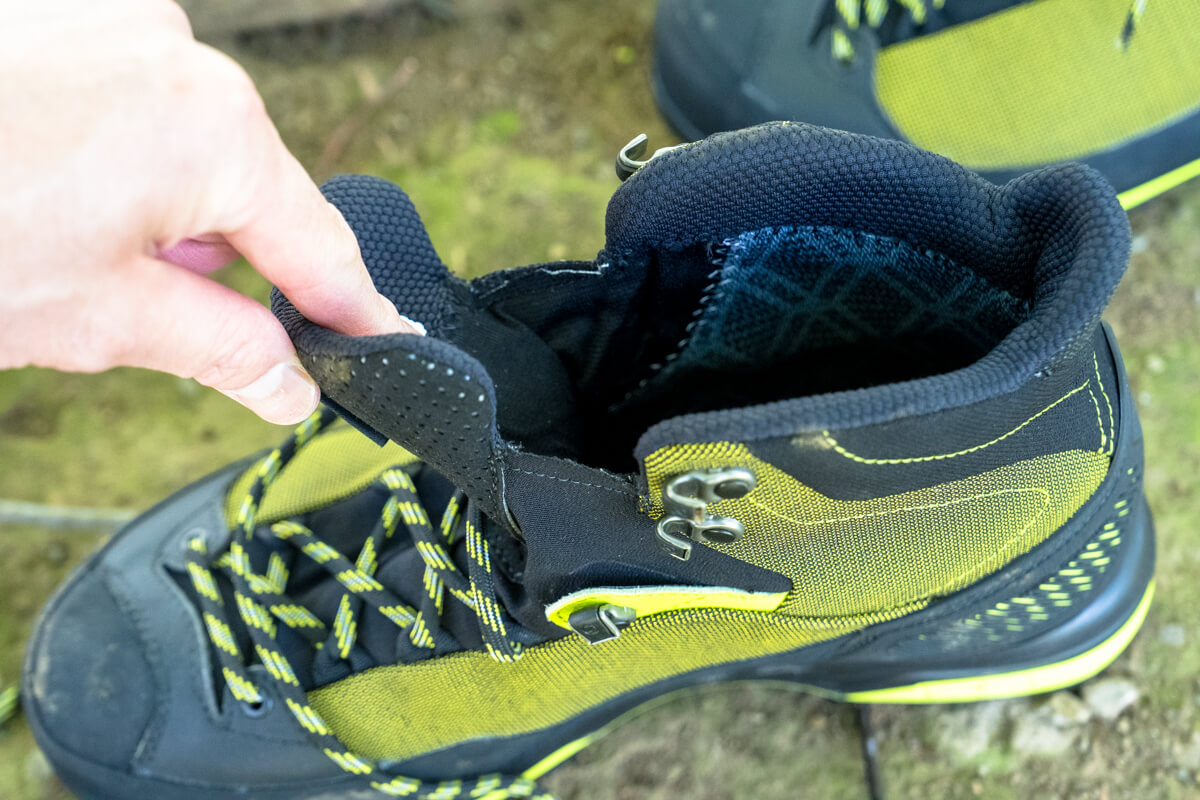


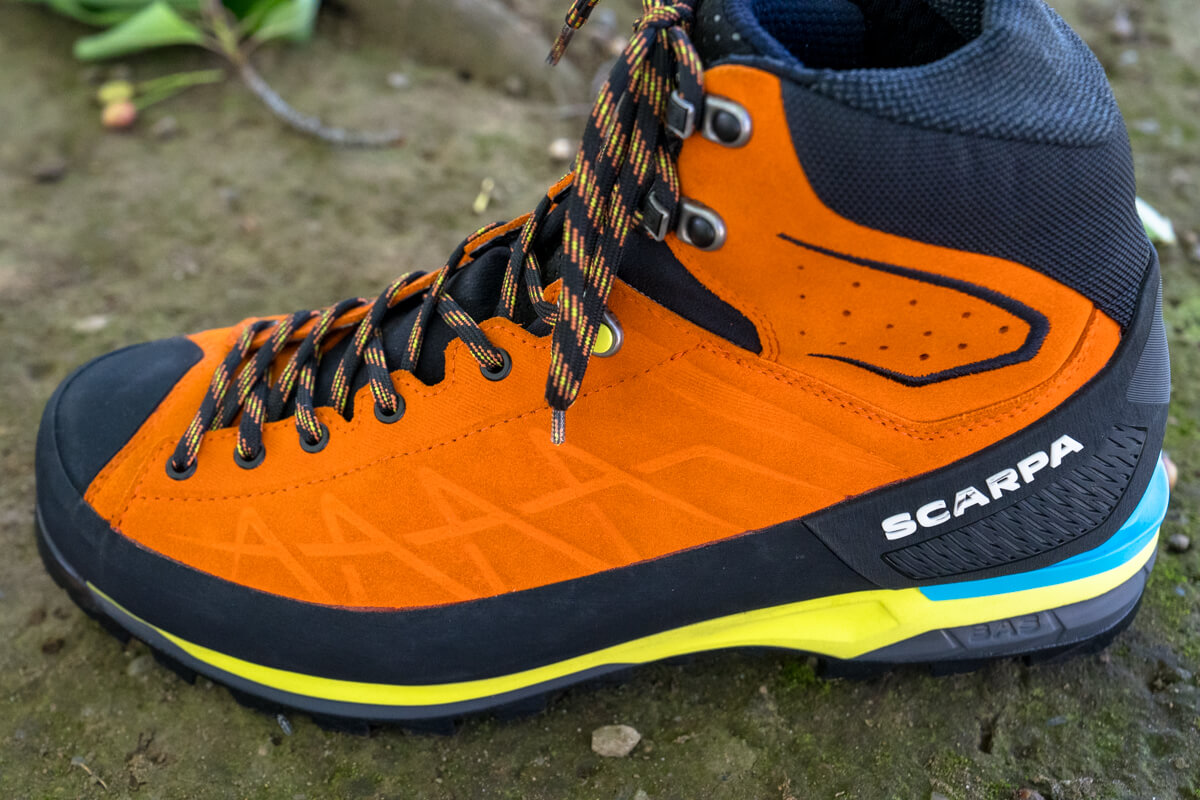
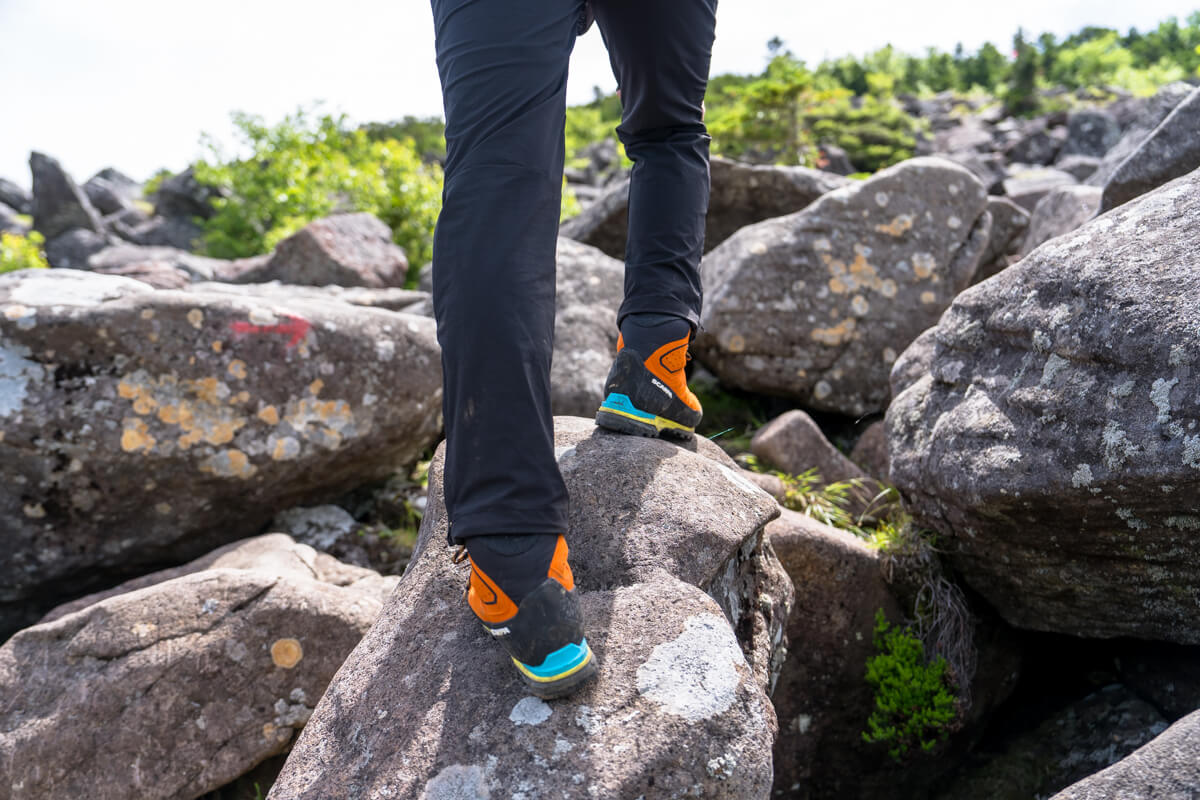
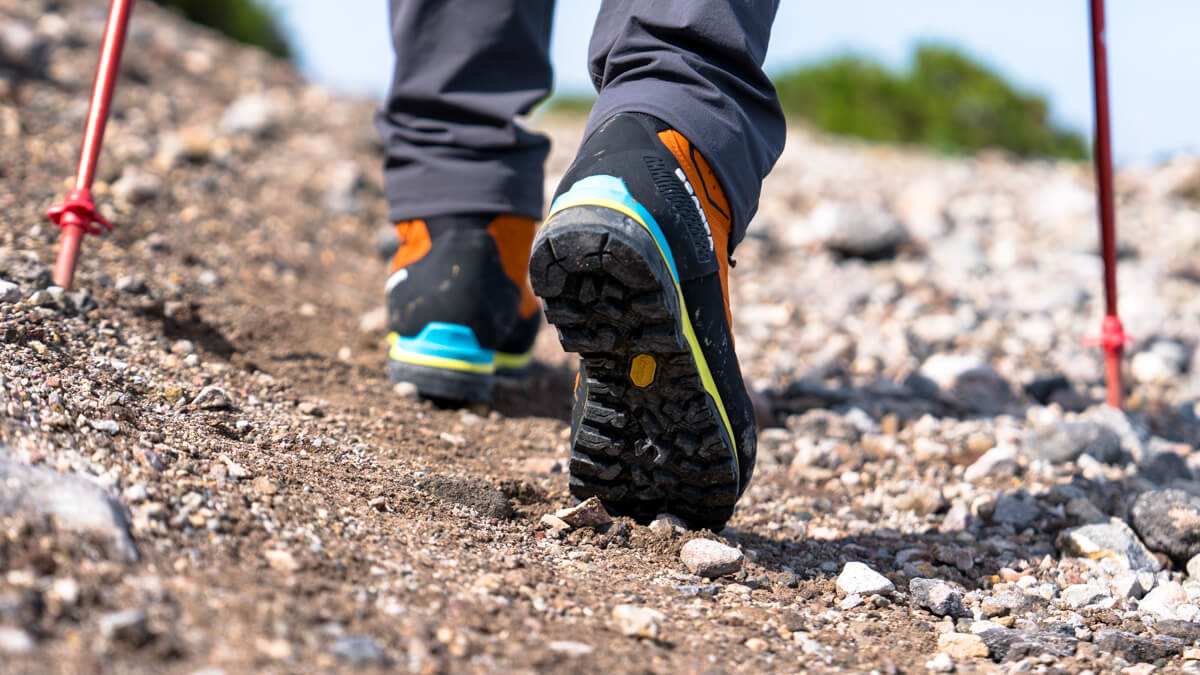
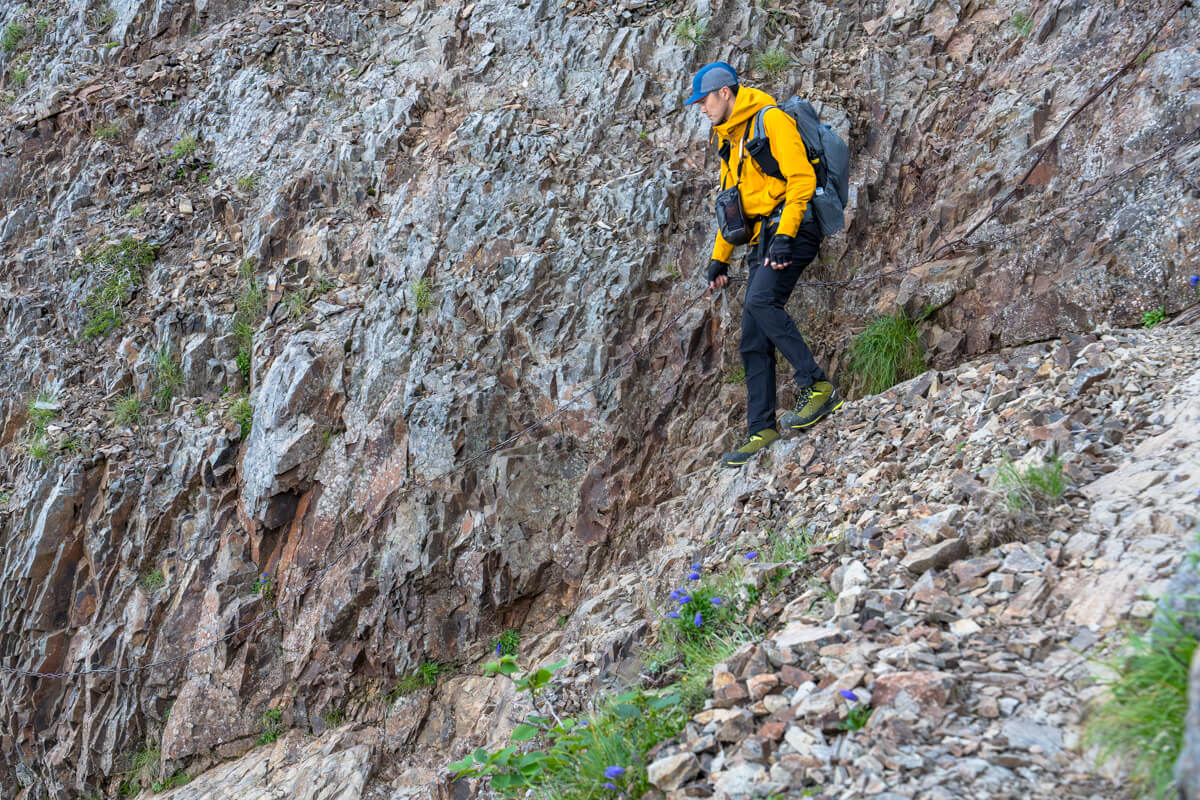

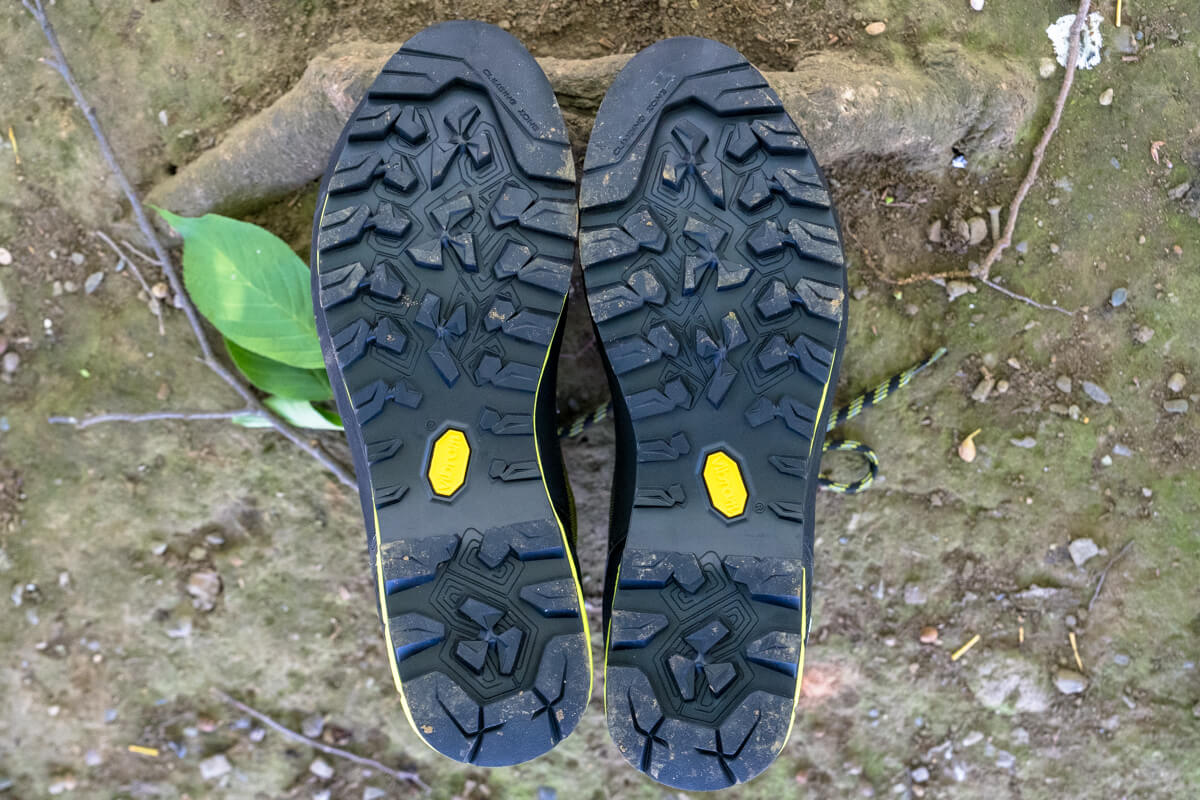

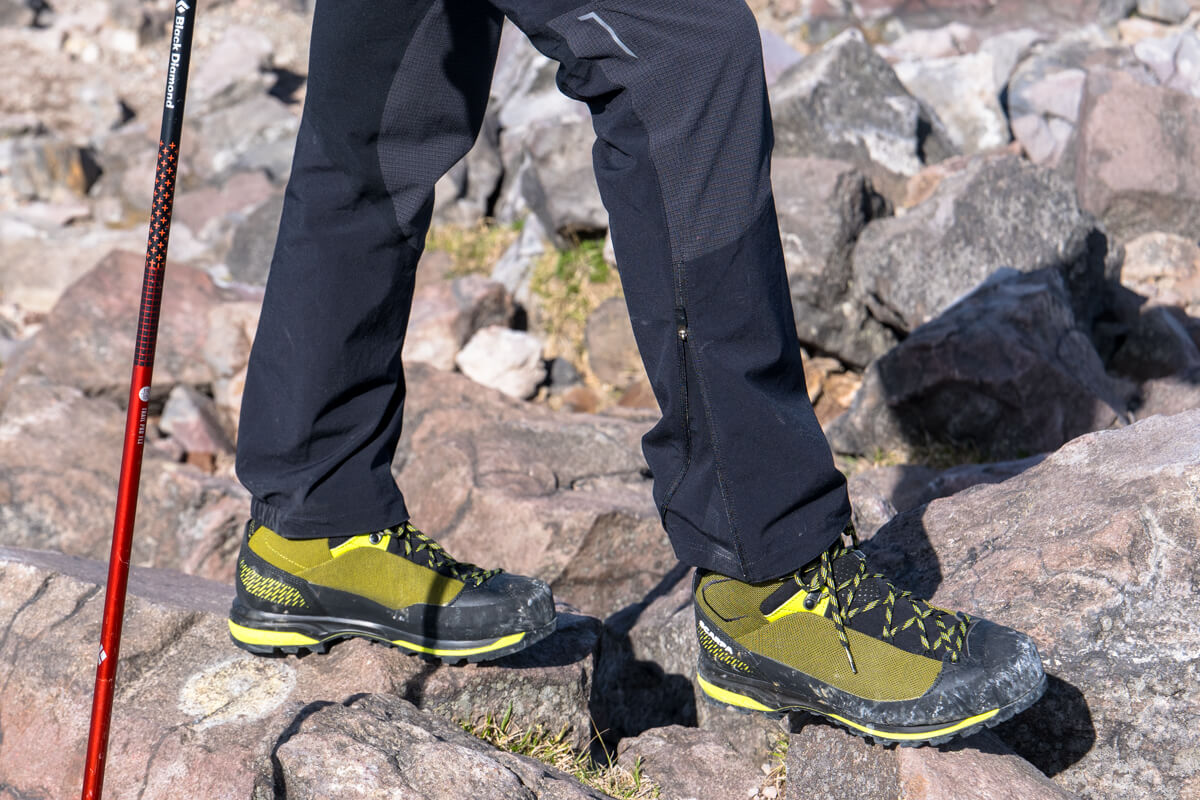


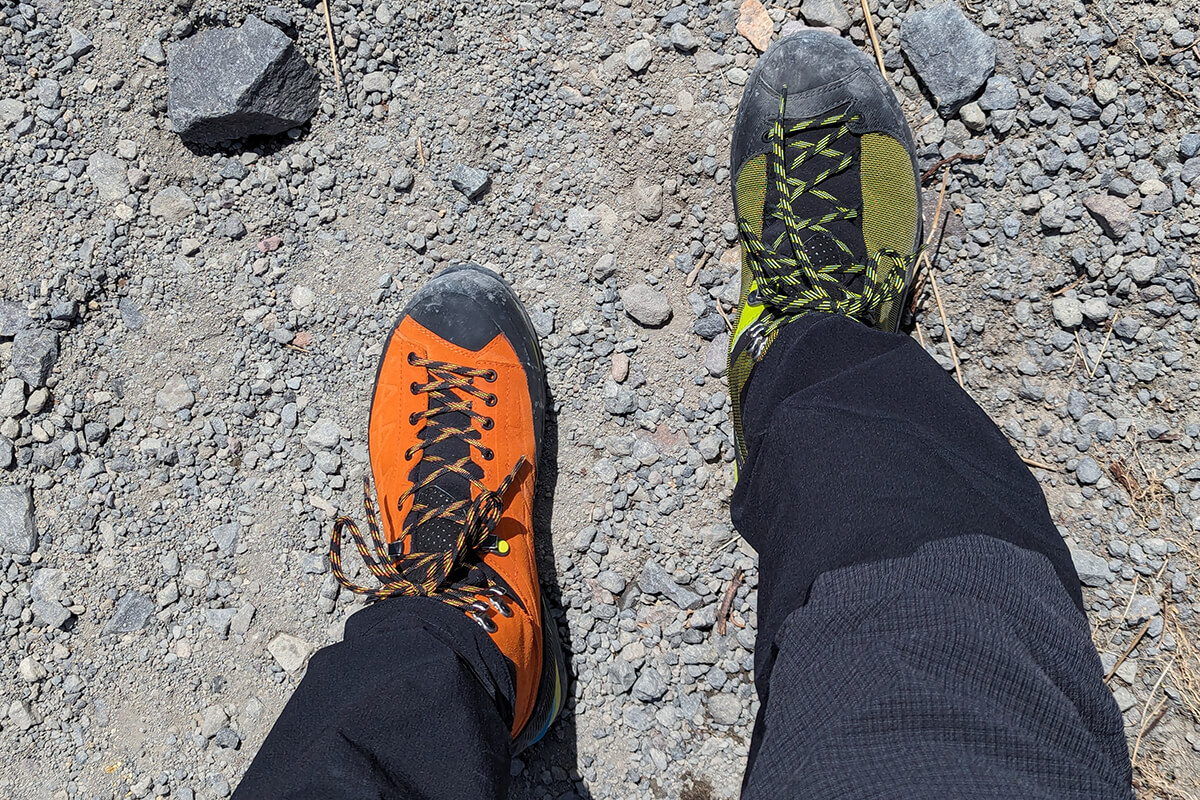

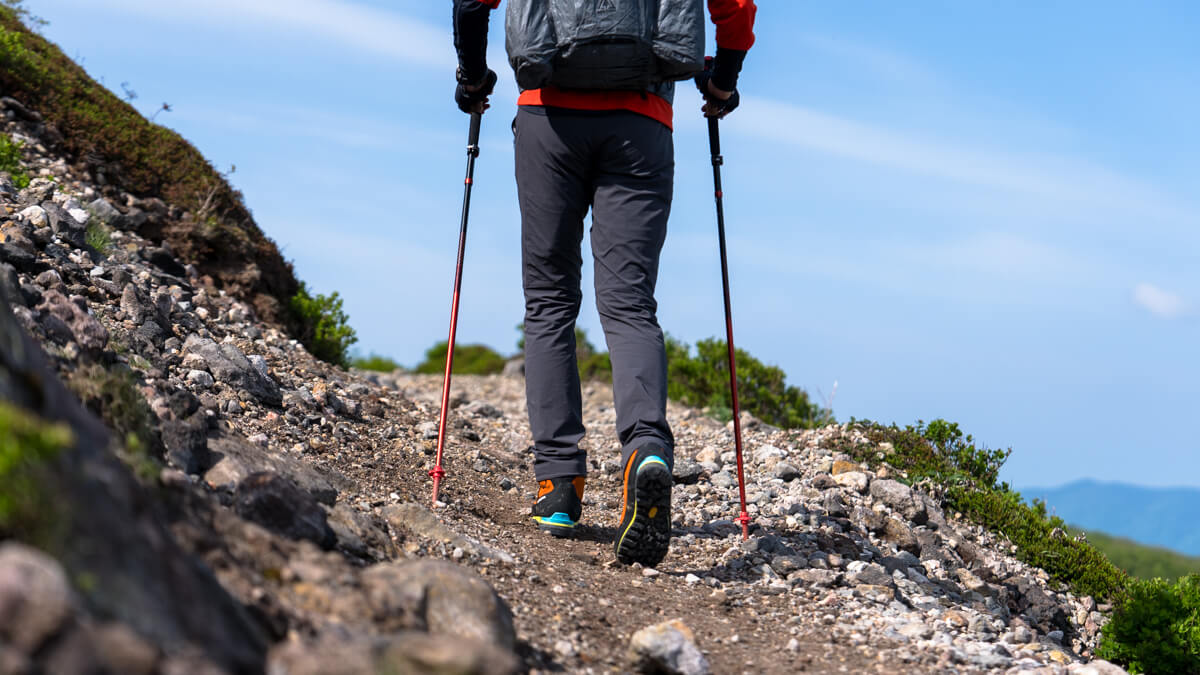
 SALOMON XA PRO 3D V9 GORE-TEX Review: The origin and pinnacle of crossover shoes that can be used to walk around town, evolved into the 9th generation.
SALOMON XA PRO 3D V9 GORE-TEX Review: The origin and pinnacle of crossover shoes that can be used to walk around town, evolved into the 9th generation. SALOMON OUTPULSE MID GORE-TEX Review: Whatever you do, it's a wonderful fit for your feet. Lightweight hiking boots that will make you want to wear them anywhere forever
SALOMON OUTPULSE MID GORE-TEX Review: Whatever you do, it's a wonderful fit for your feet. Lightweight hiking boots that will make you want to wear them anywhere forever SALOMON X ULTRA PRO GORE-TEX Review While maintaining the unique and high level of perfection, it adds an exquisite fit and lightness.
SALOMON X ULTRA PRO GORE-TEX Review While maintaining the unique and high level of perfection, it adds an exquisite fit and lightness.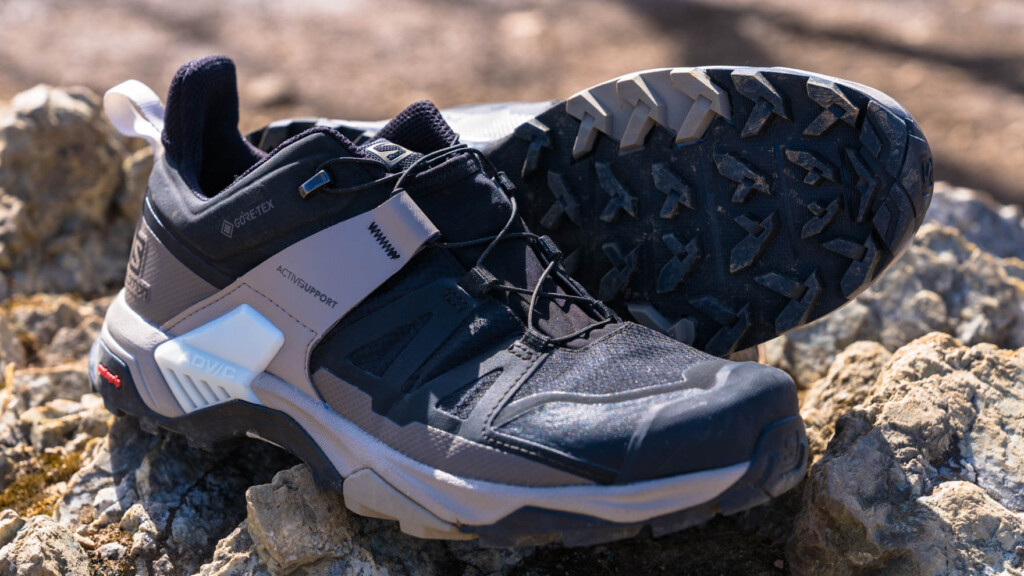 Even though it's low cut, this sense of stability is an incident. A new classic hiking shoe with unique comfort and injury prevention effects SALOMON X ULTRA 4 GORE-TEX Review
Even though it's low cut, this sense of stability is an incident. A new classic hiking shoe with unique comfort and injury prevention effects SALOMON X ULTRA 4 GORE-TEX Review